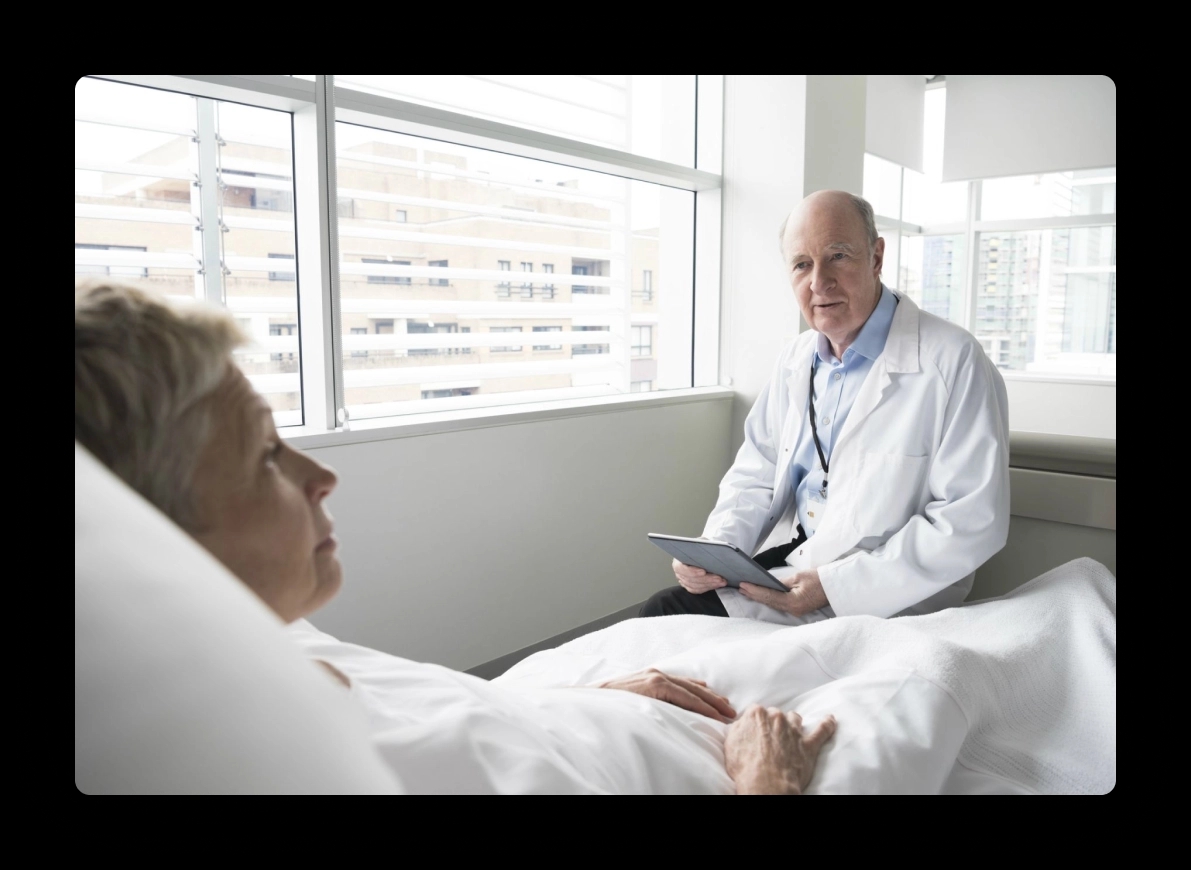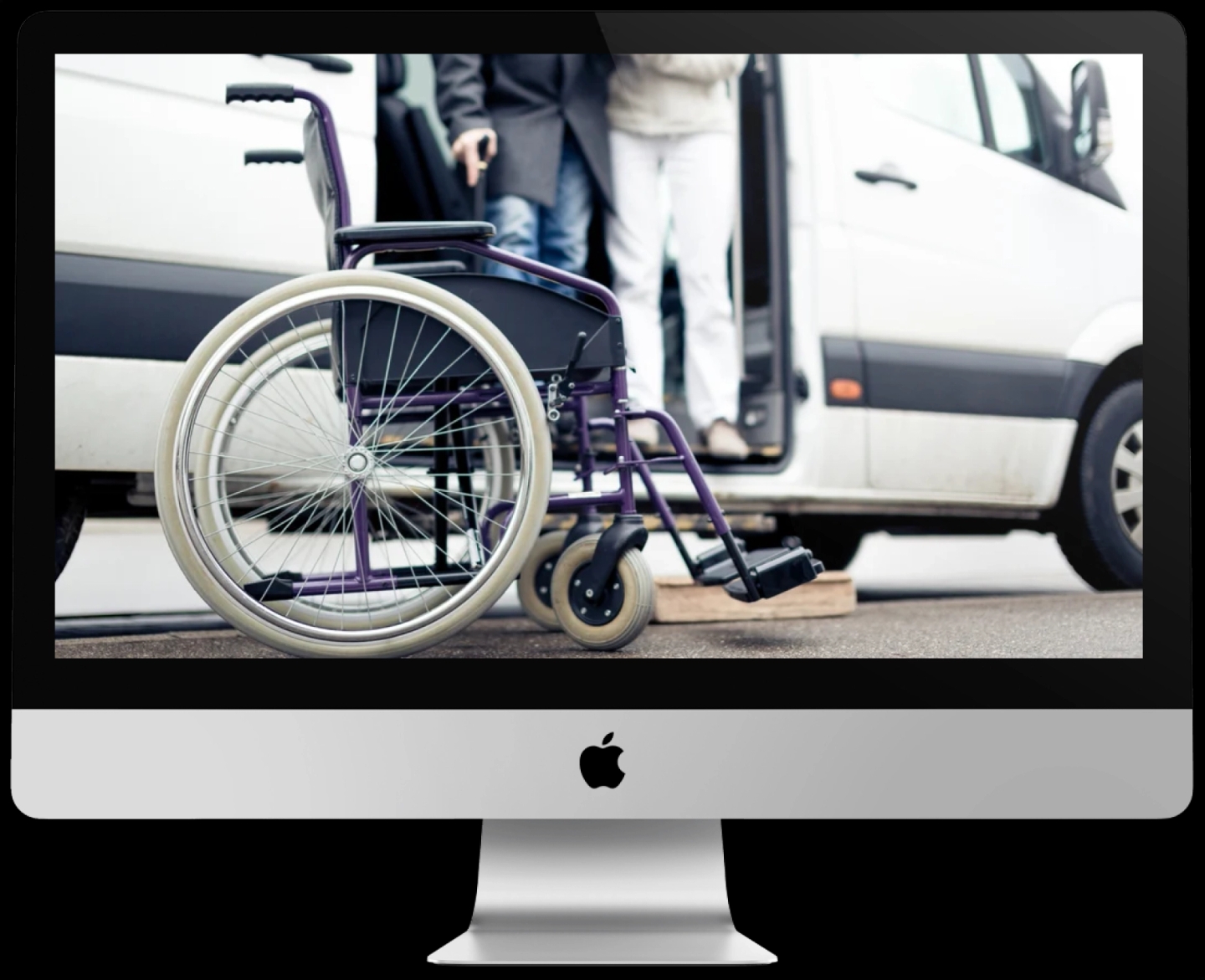Achieving seamless data exchange and cost optimization for non-emergency medical transportation company
- Node.js
- FHIR
- AWS
- Okta
- React
EXPERTISES
Project Context
Solution
Outcome
About Client
Our client is a medium-sized enterprise with offices in California, USA. It is a specialized transportation service provider catering to patients with specific needs, such as mental health conditions or physical, intellectual, and sensory disabilities. The company holds contracts with insurance companies to provide non-emergency transportation services. In short, it aims to help patients reach their destinations (from home to and from medical appointments, pharmacies, lab visits, etc.) within policy coverage, thus avoiding the cost of taxis and ensuring patients receive the necessary care without stress. The company maintains its own fleet and also partners with other companies that offer a pool of vehicles to accommodate this service.
Business challenge
Each new insurance company brings up to 10,000 potential users to the client's platform, necessitating a robust and compliant system for data handling and implementing interoperability.
Thus, our client's central business challenge revolved around the need to integrate new insurance companies and their associated patient data quickly, securely, and efficiently into the client's platform.
The use of custom data formats by different insurance companies made the integration process even more complicated, resulting in lengthy onboarding periods for new patients, often exceeding three months. Such delays have impeded the client's ability to scale effectively.
The final trigger was that, since 2024, FHIR compliance has become mandatory for any healthcare provider serving Medicare and Medicaid patients under the 21st Century Cures Act.
Additionally, the challenge was compounded by the need to reduce operational expenses linked to third-party services (like fleet management systems, driver validation systems, etc.), which were costly and prone to making unilateral changes that affected their functionality. The client aimed to replace these with a custom solution that could streamline operations.
Approach
To address the challenges faced by a client, Binariks meticulously selected a team of specialists. Each specialist vetted rounds of external and internal interviews. The team comprised a business analyst, a solution architect, and a PM.
1. The BA conducted a thorough discovery phase in close collaboration with the architect, who has comprehensive experience in FHIR architecture for interoperable and scalable integrations. They defined the project objectives and customers' needs, framed the problem, and prioritized the features that needed to be completed.
2. Based on this, the PM built a detailed work breakdown structure (WBS) for the project, which served as the blueprint for the entire process of existing system modernization and integration.
3. On this stage, the key issues involved:improving interoperability with insurance companies;
redesigning business flows to conform to the FHIR standard for data sharing;
and replacing an outdated fleet tracking system.
The redesign of the client's patient management and transportation system to accommodate diverse customers' needs (from wheelchair accessibility to drivers' sign language proficiency) started with analyzing all the roles involved (including drivers and dispatches) and mapping the client's business processes into the FHIR model.
This allowed seamless data exchange with insurance companies and potentially with doctors' EHRs/EMRs, enabling quick data migration for new insurance providers and the swift inclusion of new hospitals and patients. Implementing the FHIR standard allowed insurance companies to input data directly, significantly improving the onboarding process.
Implementation
Interoperability:
To achieve interoperability, the most laborious task was mapping the existing functionality to the FHIR standard, as the client had their own database with custom formats. It was essential to achieve effective exchange and seamless integration across systems. Key steps included:
FHIR mapping: Aligning the client's current entities with the FHIR standard to enable data exchange.
Dual system operation: Despite potential data conflicts, the client chose to run two parallel systems to avoid a complete front-end overhaul. This dual system approach required careful, case-specific decisions on data allocation across entities, aligned with existing operational workflows.
Custom Fleet Tracking System:
Binariks designed an Uber-like app for drivers, focusing on:
User experience and architecture: Designed the app to integrate with technologies like Kafka, Google Maps, and DynamoDB.
Detailed project planning: Meticulously crafted each aspect of the app, from the WBS to the front-end designs based on the approved architecture.
Operational flexibility: Enabled drivers to accept assignments while allowing affiliated partners some choice, mirroring Uber's model.
Value Delivered
In response to a client's need for enhanced interoperability with insurance companies and optimized infrastructure, Binariks undertook a comprehensive overhaul of the platform and achieved the following:
Enhanced interoperability: Redesigned business flows to align with FHIR standards, enabling seamless data sharing and compliance with the 21st Century Cures Act.(main one)
Faster integration with insurance companies: Implemented FHIR standards, boosting data exchange capabilities with insurance companies and healthcare providers, leading to quicker patient onboarding and streamlined integration processes.
Optimized costs: Developed a custom fleet tracking system, which would significantly reduce reliance on and operating expenses for third-party services.
Together, these outcomes will enhance the client's ability to scale user numbers, advance their capability to manage complex logistics and regulatory requirements efficiently and support their growth and adaptability in a dynamic healthcare market.
Russell Hertzberg
Owner & Chief Agile Officer, JCloud
USA
Binariks’ health technology expertise and their experience in building successful healthcare software solutions are their key differentiators. Additionally, they’re extremely strong in having a complete, thorough, and high-quality architecture discovery phase.


